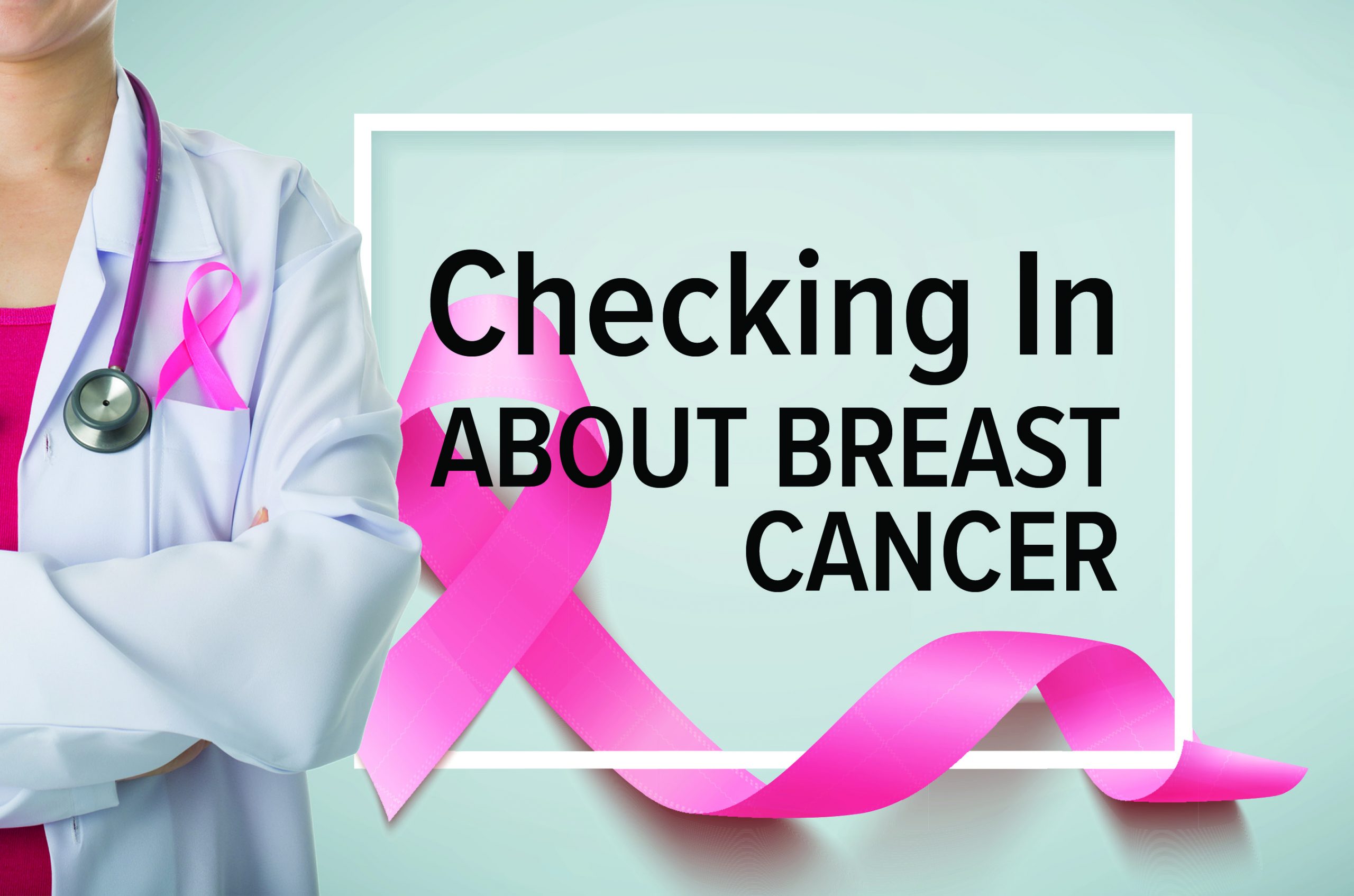October is National Breast Cancer Awareness Month, so there’s no better time to think about screening for the disease. With COVID-19 impacting all aspects of health care, Dr. Lindsay Peterson, an oncologist at Siteman Cancer Center, says people shouldn’t forget about regular tests. “A lot was put on hold at the start of the pandemic, but health care systems have good safety measures in place,” she notes. “It’s important to have screenings on time to avoid potential delays in diagnosis.”
For breast cancer, some national organizations suggest women start annual mammograms at age 45 or 50, but Peterson recommends that women begin at 40. “For younger women, there are more false positives, which means something is found that is ultimately determined to not be cancer,” she says, adding that it can lead to unnecessary biopsies. “However, it is clear that starting at 40 saves more lives.”
Although digital mammography has been the standard for screening, a more recent development is the 3D mammogram, says Peterson. “With digital, we can look at the images on the computer and are less likely to give a false positive,” she explains. “With 3D mammograms, however, we can see even more and pick up areas of concern that could be missed even with digital imaging. It’s something a lot of women are opting for.”
Women should consult their doctors to determine their risk of developing breast cancer. Age, family history, lifestyle factors and past cancer diagnoses can all factor in, according to Peterson. Women with 20% or greater elevated risk may be recommended to start screening earlier and receive a magnetic resonance imaging (MRI) scan. “An MRI provides much more detailed pictures, but they aren’t recommended for all women,” she explains. “There is increased stress and costs associated with the procedure, and it has a higher rate of false positives.”
treatment advances
According to Peterson, there have been many recent exciting advances in breast cancer treatment and more are on the horizon.
- Personalization: Genomic testing looks at the genes of the tumor itself, and Peterson notes that it can result in more personalized therapies. “Two women could have the same type of breast cancer, but their treatments could look different based on their individual tumors,” she says.
- More Targeted Therapies: Radical mastectomy, which removes underlying muscle and lymph nodes along with breast tissue, is used less than modified radical or simple mastectomies. These remove less tissue while offering the same outcomes, according to Peterson. “The same is true of medical and radiation therapy,” she adds. “Some patients now can go through a shorter course of radiation without compromising their results, and we’re finding more people can avoid chemotherapy. We want to give patients all the treatment they need but nothing unnecessary.”
- Immunotherapy: These treatments help your immune system recognize the cancer as foreign and fight it. “It’s been used with other cancers, and there is evidence that it is useful with some types of breast cancer,” Peterson notes.
- Lifestyle Impacts: “There’s a lot of interest in how lifestyle choices can improve patients’ prognoses,” Peterson says. “A large international trial is investigating if weight management, diet and physical activity can reduce the rate of recurrence.”
- Racial Disparities: Caucasian women are more likely to be diagnosed with breast cancer, but Black women are more likely to die from the disease. Peterson says research is investigating why such a disparity exists and how it can be combated.








